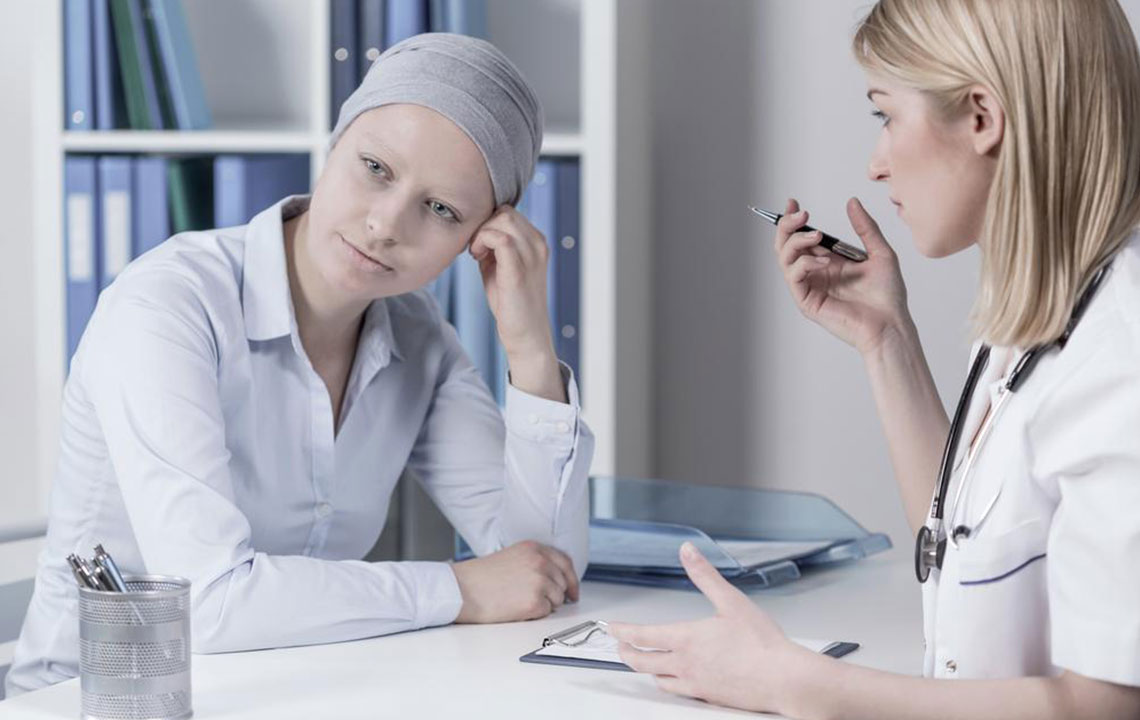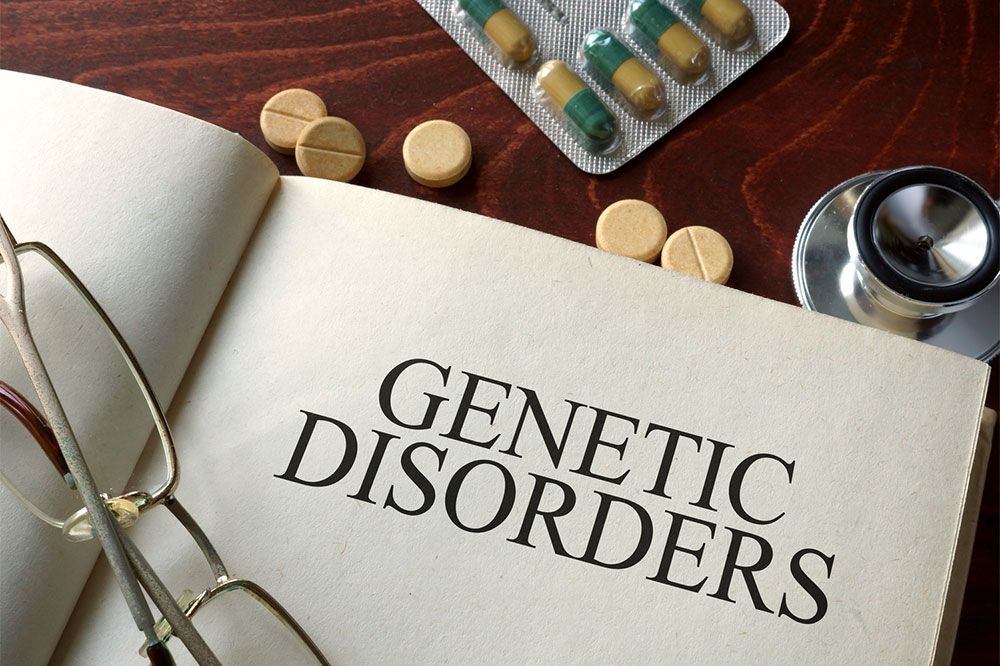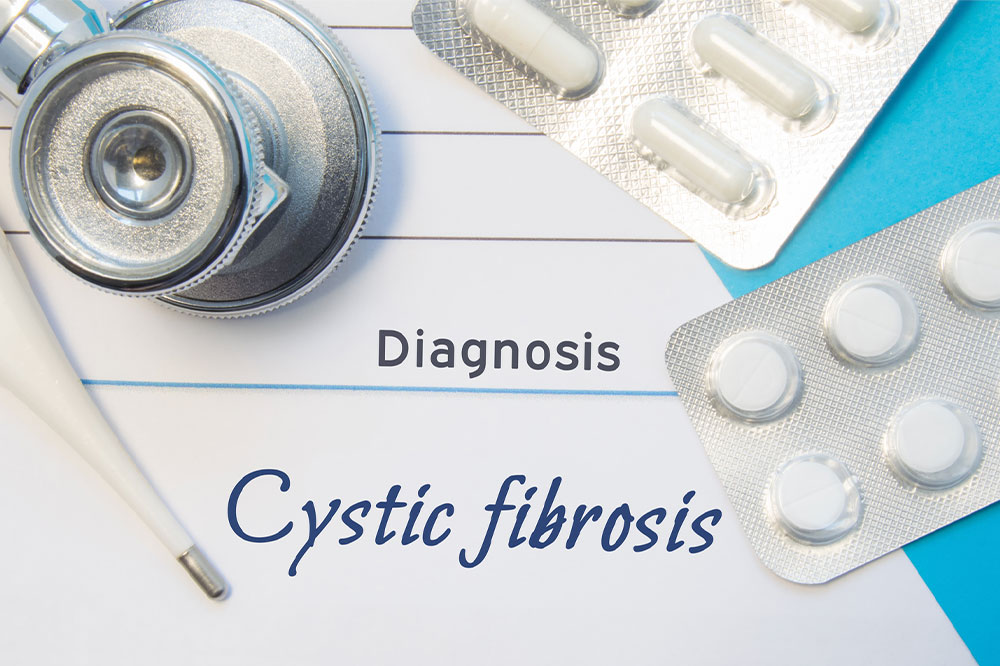Comprehensive Insights into the Factors That Elevate Breast Cancer Risk and Prevention Strategies
This comprehensive article explores the various factors that contribute to breast cancer risk, emphasizing the importance of early detection and lifestyle modifications. It highlights genetic, lifestyle, and environmental influences, as well as preventive strategies such as routine screening and genetic testing. Understanding these aspects empowers individuals to take proactive steps toward reducing their risk and improving health outcomes. Early diagnosis and lifestyle changes are critical in combating breast cancer effectively, making awareness and risk management essential components of public health efforts.

Comprehensive Insights into the Factors That Elevate Breast Cancer Risk and Prevention Strategies
Breast cancer remains one of the most prevalent and concerning health issues affecting women globally. According to recent statistics, approximately 1 in 8 women will be diagnosed with breast cancer at some point in their lives, underscoring its significant impact on public health. While it predominantly targets women, it is crucial to acknowledge that men can also develop this disease, although it is less common. Understanding the origins, symptoms, and risk factors associated with breast cancer is vital in promoting early detection and effective management.
Breast cancer develops from abnormal growth and proliferation of cells within the breast tissue, either in the lobules, ducts, or surrounding connective tissues. The disease can manifest through various signs and symptoms, which often differ depending on the stage of the cancer. In its early stages, symptoms may be subtle and include minor changes such as a lump that is not painful, skin alterations, or nipple changes. As the disease progresses to advanced stages, symptoms can become more pronounced, including nipple discharge, skin dimpling or redness, and noticeable lumps or swelling. Stage 4 breast cancer indicates that the malignancy has spread beyond the breast to other parts of the body, such as bones, liver, or lungs, necessitating urgent and often more aggressive treatments.
Despite ongoing research, the exact causes of breast cancer remain elusive. However, multiple risk factors have been identified that elevate an individual's susceptibility to developing this disease. These risk factors can be broadly categorized into genetic, lifestyle, and environmental influences. Among genetic factors, mutations in genes such as BRCA1 and BRCA2 significantly increase the risk, especially if there is a family history of breast or ovarian cancer. Lifestyle factors also play a critical role; excess weight and obesity, particularly after menopause, markedly increase the risk as adipose tissue can influence hormone levels. Alcohol consumption is another modifiable risk factor; women who consume more than three alcoholic drinks daily face a higher likelihood of developing breast cancer. Age is a non-modifiable risk factor, with incidence rates rising sharply beyond the age of 50. Occupational exposure to carcinogenic substances, such as radiation or certain chemicals, can also contribute. Recognizing these risk factors emphasizes the importance of lifestyle modifications, genetic counseling, and regular screening for early detection.
Preventative measures center around lifestyle interventions and proactive health monitoring. Maintaining a healthy weight through balanced nutrition and regular physical activity can significantly reduce risk. Limiting alcohol intake and avoiding exposure to known occupational carcinogens are also essential steps. Women with a family history of breast cancer should consider genetic testing to assess their inherited risk accurately. Moreover, implementing routine screening protocols like mammograms in accordance with healthcare guidelines allows for early identification of abnormal changes in breast tissue, which can lead to earlier and more effective treatment options. Public awareness campaigns and educational programs play an important role in facilitating awareness about symptoms and risk factors, empowering women and men to seek timely medical advice.
Early diagnosis remains the cornerstone of improving prognosis and survival rates. Recognizing subtle symptoms and understanding individual risk profiles can make a significant difference in outcomes. Lifestyle modifications, such as maintaining a healthy weight and moderating alcohol consumption, are within personal control, while regular health check-ups and screenings should be integrated into ongoing healthcare routines. For individuals with a family history of breast cancer, consulting with healthcare professionals about genetic testing and personalized risk management strategies is highly recommended. If any suspicious symptoms are noticed, immediate medical consultation ensures prompt diagnosis and initiation of appropriate treatment, which can range from surgery and radiation to targeted therapies and chemotherapy. Overall, a comprehensive approach combining awareness, prevention, and early detection can substantially reduce the burden of breast cancer and improve the quality of life for those affected.
Understanding the risk factors and adopting preventive strategies are crucial in combating breast cancer. Lifestyle improvements, genetic testing, and routine screenings are essential tools in early detection and effective treatment. Awareness of symptoms and risk factors can empower women and men alike to take proactive steps in protecting their health. Regular check-ups and early intervention lead to better prognosis and survival, emphasizing the importance of education and preventative healthcare initiatives in reducing the global breast cancer burden.





